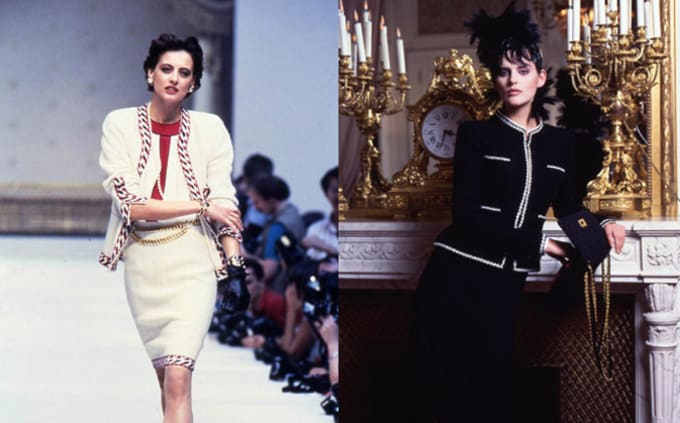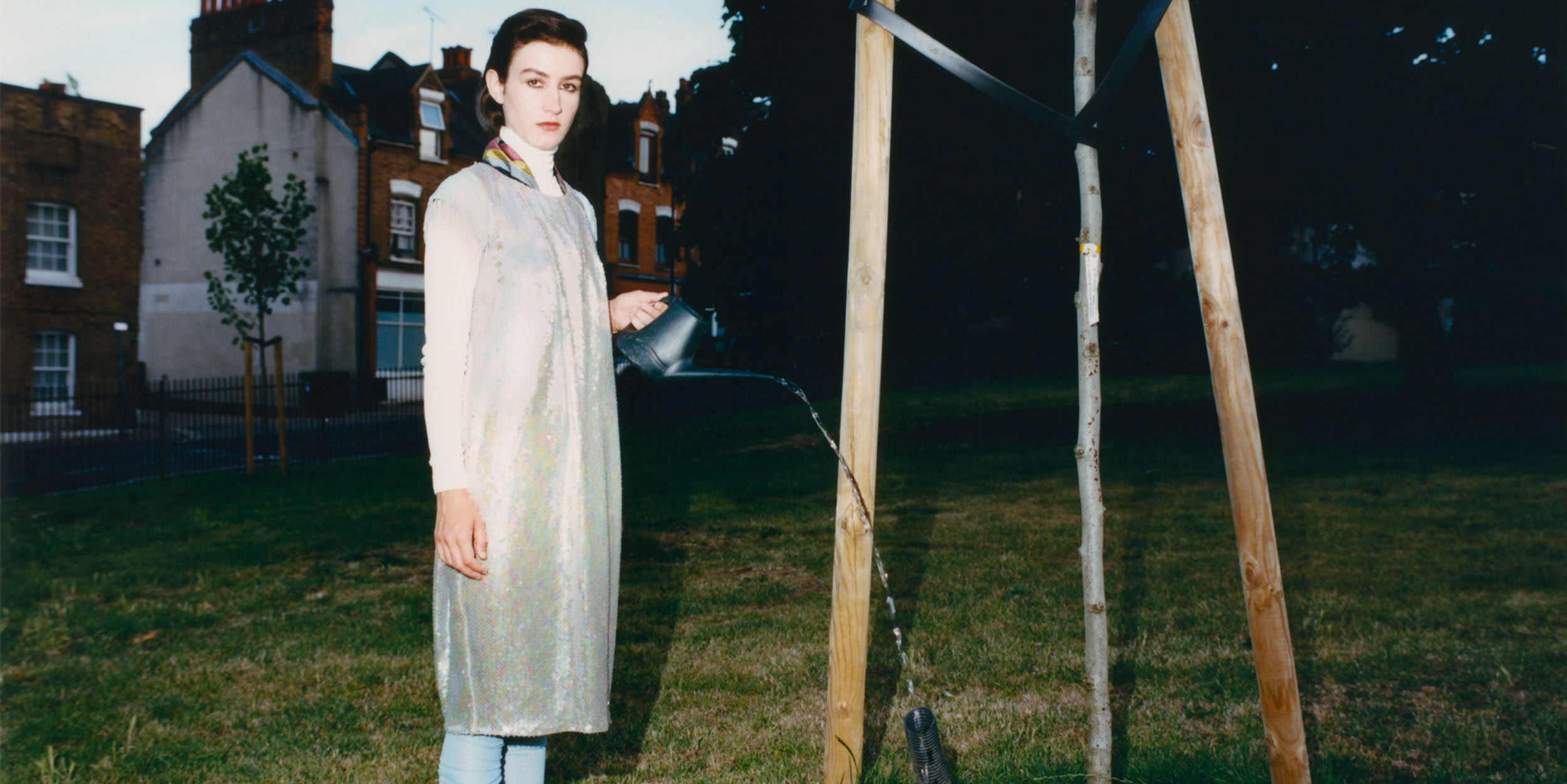Is Gen Z responsible for fashion houses’ collective shift away from the fictional women embodying their brands?
In an industry that is defined by change, it may seem glib to say the fashion landscape is changing – though there are, to be sure, certain more gradual and, ultimately, more impactful than the ebb and flow of yearly trends, season collections and the constant influx of new ideas and expressions of beauty through clothing.One such change is the move many fashion houses are taking away from the fashion archetype – the fictionalized ideal woman who embodies the look and lifestyle the brand wants to represent. The Chanel woman is possibly the most fully formed archetype: She was modern and independent, she knew what she wanted and she got it. The Dior woman, by contrast, was romantic, coy, and elegant. All these brands were selling an idea, a template of what their target consumers should want to be when they buy that brand. The fashion archetype gave consumers a muse to relate to and to identify with however they saw themselves. Women allied themselves with the brands they thought best represented the life they wanted to lead.
All these brands were selling an idea, a template of what their target consumers should want to be when they buy that brand. The fashion archetype gave consumers a muse to relate to and to identify with however they saw themselves. Women allied themselves with the brands they thought best represented the life they wanted to lead.  And as the choice in garments became more diverse, so too were there more calls for diversity and inclusion in all areas of the fashion industry. And in a culture that increasingly values individuality and broader and broader multitudes of expressing identity, the idea of conforming to a brand’s singular ideal becomes less and less attractive to consumers and, in turn, designers as well.
And as the choice in garments became more diverse, so too were there more calls for diversity and inclusion in all areas of the fashion industry. And in a culture that increasingly values individuality and broader and broader multitudes of expressing identity, the idea of conforming to a brand’s singular ideal becomes less and less attractive to consumers and, in turn, designers as well. Though it seems subtle, this is a dramatic shift, as brands are less and less designing an identity for their consumers to fit themselves to, but rather are being encouraged to cater to the individual and varied interests of their audiences. Which isn’t necessarily to say that customers are running the ship – brand obsession is still a strong part of modern fashion and youth culture, with logomania back in full force among Gen Z.
Though it seems subtle, this is a dramatic shift, as brands are less and less designing an identity for their consumers to fit themselves to, but rather are being encouraged to cater to the individual and varied interests of their audiences. Which isn’t necessarily to say that customers are running the ship – brand obsession is still a strong part of modern fashion and youth culture, with logomania back in full force among Gen Z.
It’s not just about the brand for Gen Z though, it’s about the aesthetic. If a brand fits the vibe, they’ll embrace the label, but in a much more a-la-carte way: The clothes must fit their personal and fluidly changing aesthetics and expressions. The first generation raised on social media and the fast-paced era of the internet are completely at ease in the ever changing deluge of new trends and images to perform and present. Gone are the days of the Chanel woman or the Dior woman, enter the age of the E-Girl, the Soft Girl, and the Dark Academia Girl.


